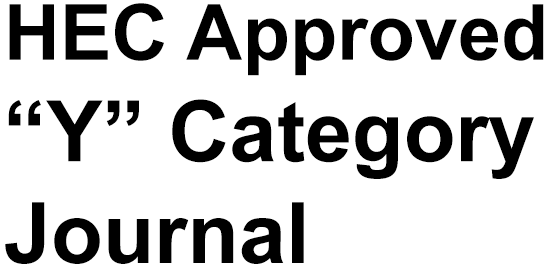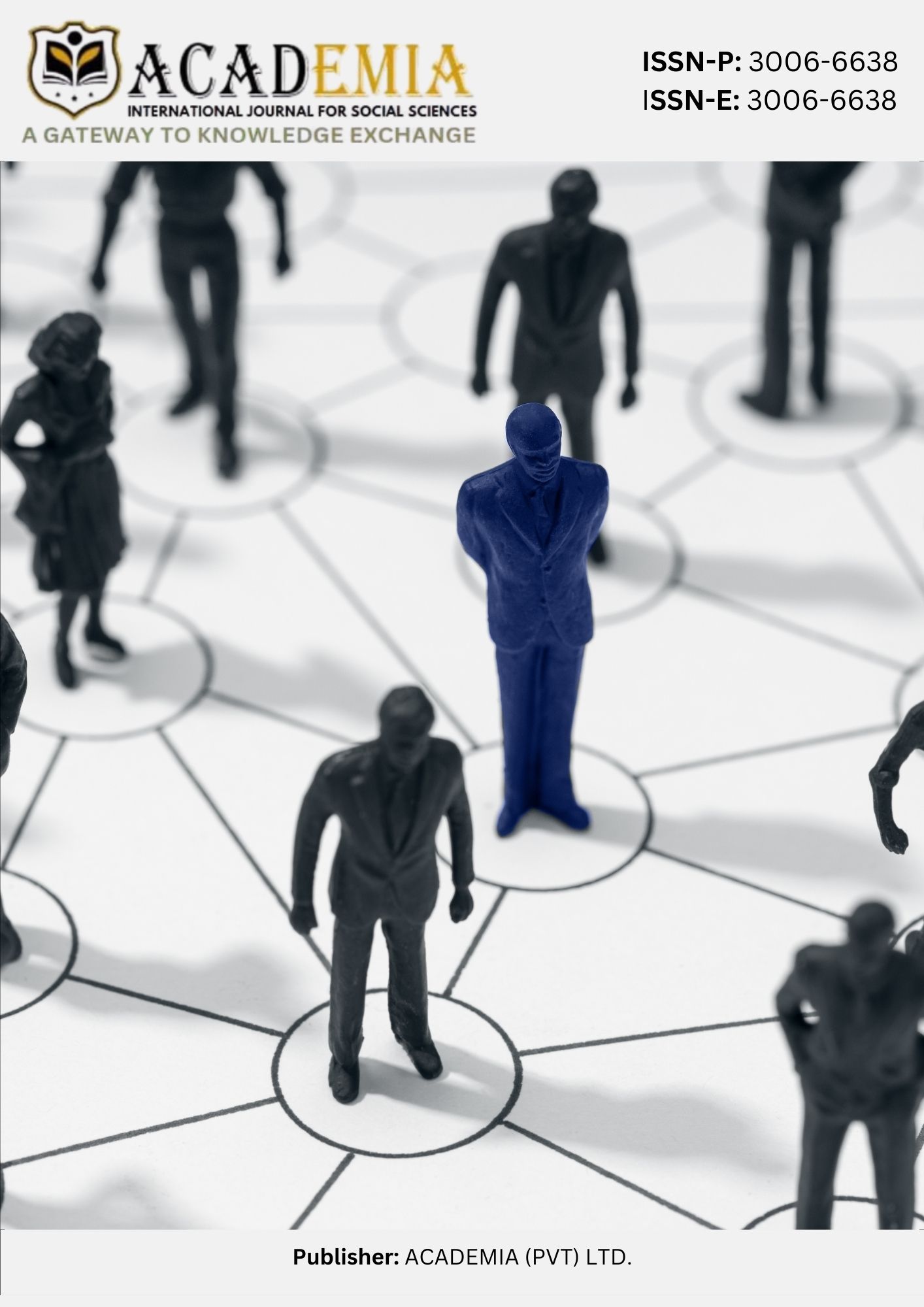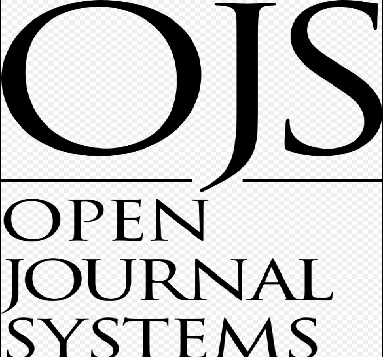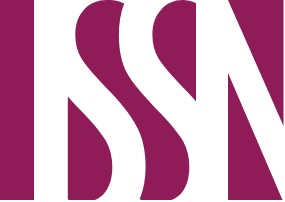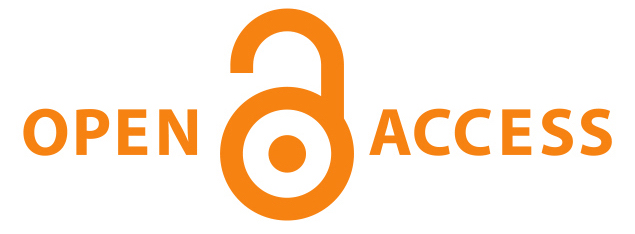Bridging the Sociolinguistic Gap: An Individual-Centric Model for Social Communication Training in Autism
DOI:
https://doi.org/10.63056/ACAD.004.02.0324Keywords:
Sociolinguistics , Autism Spectrum Disorder (ASD) , Individual-Centric Sociolinguistic Language Training (ISLT) Model, Communities of Practice (CoP) , Social Communication.Abstract
Autism Spectrum Disorder (ASD) often involves challenges in pragmatic language use, but sociolinguistic aspects like register variation, identity negotiation, turn-taking and engagement in social contexts remain underexplored. This study examines the sociolinguistic challenges faced by autistic individuals in social communication and introduces the Individual-Centric Sociolinguistic Language Training (ISLT) Model as an adaptive and structured approach. The objectives of this study are threefold: to identify key sociolinguistic challenges faced by autistic individuals, to develop the ISLT Model as an adaptive training tool, and to evaluate the model’s validity, reliability and applicability in educational and speech therapy settings. Using qualitative research and analyzing discourse from the CHILDES corpus, the study identifies challenges such as turn- taking, engagement, registers and identity construction. The ISLT Model is developed based on these identified challenges, incorporating real- world language use and sociolinguistic theory. Grounded in Wenger’s (1998) Communities of Practice (CoP) theory, the model is aimed at improving sociolinguistic competence focusing on the context-sensitive quality of the language training. Feedback from educators and speech therapists confirms the applicability of the model to educational and speech therapist settings, where it becomes evident of its suitability in fostering social communication. The current research proposes a new avenue in autism communication interventions through the sociolinguistic theory application that would make language teaching more inclusive as well as adaptive for autistic people.
Downloads
Published
Issue
Section
License
Copyright (c) 2025 Amna Bajwa, Syeda Marium Aamir, Saba Arif (Author)

This work is licensed under a Creative Commons Attribution 4.0 International License.



